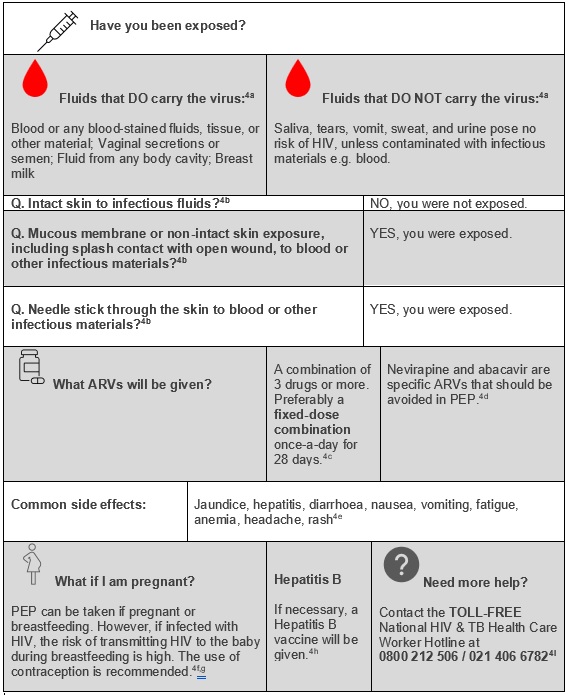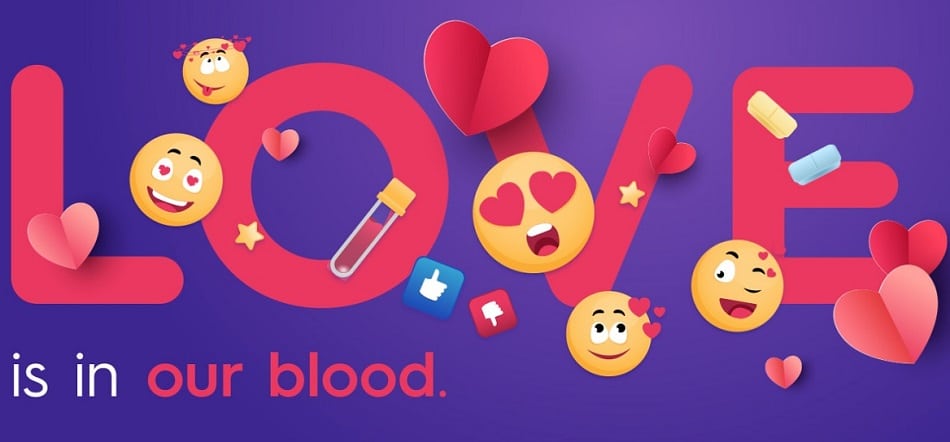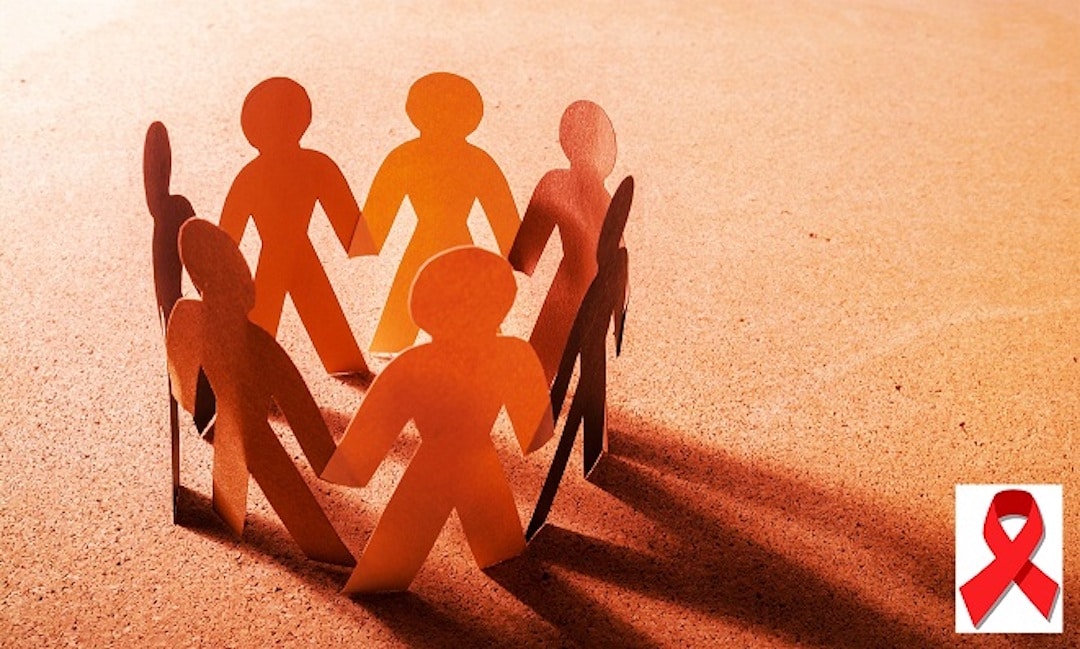HIV 6 – Preventing HIV

HOW IS HIV TRANSMITTED?
People get HIV through specific activities, such as through sex or drug use or as an occupational hazard.2a
The person-to-person spread of HIV is called HIV transmission.2a
HIV can only be transmitted in certain body fluids from a person carrying HIV. These include:2a
- blood
- semen
- rectal or vaginal fluids
- breast milk
You can only get HIV if these fluids from an infected person come into contact with a mucous membrane, damaged skin or directly injected into the bloodstream.2b
Mucous membranes are found inside the rectum, the vagina, the opening of the penis, and the mouth.2b
HOW IS HIV USUALLY SPREAD?
- Anal or vaginal sex without using a condom
- Sharing injection needles with someone who has HIV
- From a woman to her child during pregnancy, childbirth or breastfeeding. This is called mother-to-child transmission of HIV.
- Needle stick injury
- Don’t share razors, toothbrushes and other personal items that may come in contact with another person’s blood
- Ensure that all tattoo and body piercing instruments are sterile before use.
HOW CAN PEOPLE REDUCE THEIR OWN RISK OF GETTING AND SPREADING HIV?
In terms of risky behaviours, people need to review their sexual and drug usage practices. This includes using a condom every time they have sex, reducing the number of sexual partners they have and getting tested and treated for Sexually Transmitted Infections (STIs) to reduce their chance of getting HIV.
For those with drug addictions, injecting drugs is risky so they should be encouraged to stop or not to share injection needles and other equipment.2k
There are other ways to prevent HIV and these are discussed below.
1. PRE-EXPOSURE PROPHYLAXIS (PREP)
It is used when people who DON’T have HIV but who are at risk of getting HIV, take HIV medicine every day to prevent infection.2d ( Much the same as taking a malaria medicine to prevent malaria if travelling in an area where there is high risk of the disease)3a
People at highest risk of getting HIV, include:3b,c

PrEP, if taken correctly and consistently, will offer protection from HIV infection but not from other STIs or pregnancy.3d The use of condoms is recommended as well.2f
People taking PrEP medicines should have a HIV test every 3 months.2f
2. POST-EXPOSURE PROPHYLAXIS (PEP)
This is only used in emergency situations, like for example, sexual assault or for a healthcare worker following a possible exposure to HIV at work (needlestick injury).2g-i
Started within 72 hours (3 days) after possible exposure, the sooner the better, and then the treatment is taken every-day for 28 days.2j
Protecting our healthcare workers
A nurse or doctor at work can be exposed to HIV from, for example, a needlestick injury.2i
They require immediate medical attention.2i

3. TREATMENT
Treatment of all people living with HIV as a way of prevention. Especially important for couples that are serodiscordant (one has HIV, the other does not). For the person that has HIV, taking antiretrovirals (ARVs) keeps the viral load low. This preserves health of the patient and prevents sexual transmission of the virus their partner.1c
For information on the treatment of HIV, see Treatment
4. MICROBICIDES
Still in development is a product that could be inserted into the vagina or rectum to safely block sexual transmission of HIV.1d
5. PREVENTION FROM MOTHER-TO-CHILD TRANSMISSION
HIV spread from mother to child during pregnancy, labour and delivery, or breastfeeding accounts for most childhood HIV cases worldwide.1e
Preventing mother-to-child transmission of HIV remains a critical intervention for ensuring that women and children survive and thrive in South Africa.5a
By taking antiretrovirals pregnant mothers can prevent the spread of HIV to their baby.5b
6. PASSIVE ANTIBODY TRANSFER
This is an experimental prevention technique that involves giving anti-HIV antibodies directly to an HIV-negative person by injections to protect them from getting HIV.1f
7. VOLUNTARY MEDICAL MALE CIRCUMCISION
8. HARM REDUCTION
In situations where sex is used in exchange for money as a survival strategy, or with an associated culture of drug use, this may be a symptom of a bigger problem where persons who are economically vulnerable, homeless and dependent on substances may also have limited access to healthcare services, and protection methods.
Interventions require socio-cultural reform as well as individual behavior changes. Having sex while using drugs or alcohol can impair judgment, increasing risky behaviors such as having sex without a condom or with multiple partners.
9. CONDOM USE
Consistent and correct condom use was one of the earliest recommendations for preventing HIV at the start of HIV/AIDS in the early 1980s. It still is an essential method of preventing the spread of not only HIV, but also other sexually transmitted infections like gonorrhea and chlamydia.1i
Latex condoms offer an impermeable barrier, preventing the bodily fluids that contain active HIV from entering a partner during sex.1i
10. WHAT ABOUT AN HIV VACCINE?
Related Brochures

hiv-1-what-is-hiv

hiv-2-treatment

